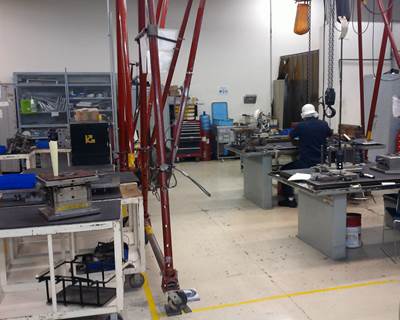Tool life is key to a company’s bottom line and profitability. With the design and building stages complete, it is time to set the mold in the press and develop a process. Here are key press settings and essential preventative maintenance steps to improve mold life.
Increase Mold Life
1 Tonnage
Verify that you are using adequate tonnage for each mold. If an operator uses too little tonnage, the injection pressure can exceed the tonnage requirements and blow open the mold. If an operator uses excessive tonnage, the machine will apply excessive compression on parting lines, vent areas and mold components, damaging the tool.
To avoid these situations, use the following formula to determine the proper tonnage for each mold:
Cavity Area = Length x Width of mold face (in/2)
Parts Area (Pa) = Cavity Area × # of Cavities
Tonnage (T) = Parts Area × *(T) 3 tons/in2
(Note: thin-walled or high viscosity applications may require up to (T)5 tons/in2)
2 Low-pressure close
Set up a low-pressure close (LPC) on the press to protect the mold. Set the high-pressure lock-up position no higher than 0.05 above the actual mold touch position. Also cycle the mold to reduce LPC pressure until the mold does not lock up. Pressure rises slowly, allowing just enough pressure for the mold to transition from low-pressure to high-pressure lock up. Also, set the mold close timer to 0.5 secs above the actual mold close time requirement. For example, if the actual mold close time is 0.76 secs, set the mold close timer at 1.26 seconds.
3 Core set up
Limit core pressures and speeds to the application’s requirements. Keep in mind that pressure can limit speed, but speed does not affect pressure set points. Fire cores based on position and not time to prevent crash conditions. Core operation affects cycle speed. Closely monitor core operation to identify signs that components are setting or pulling erratically.
4 Mold open and close
Clamp speeds are definite drivers of cycle time, but faster speeds are not better, as they can cause tool wear or damage. Monitor close fast speeds for signs of lunging that can cause mold drop and potential pin and component misalignment. Ensure the transition from close fast to close slow is smooth and that the close slow condition occurs just before component/pin match up. Ensure the transition between mold breakaway and mold open fast is also smooth, with the open fast segment occurring after all of the components have cleared the pins.
5 Ejection set up
Incorrect set points can endanger mold life through over-stroking or improper part ejection that causes parts to close up between mold halves. Base forward positions on the required amount of separation to properly remove parts from the mold. Over-stroking causes excessive strain on ejector pins and lifters. Part extraction should never require bottoming out the ejector plate. To reduce stress on ejection components, ensure pressure set points only use the required amount.
6 Hot runners and valve gates
Start up and shut down methods impact mold life. Poor start ups lead to over-packed cavities that require mold tear down and service. Before running parts, manually fire valve gates to verify proper set up and good working condition. Purge plastic through the hot runner drops to verify they are warm and ready for startup. During hot runner shut down, run the barrel dry and immediately reduce hot runner temperatures to reduce the risk of degradation.
7 Mold watering
Increased mold temperatures can adversely affect mold life, so limit mold temperatures to minimum requirements for acceptable part aesthetics. Also, ensure that mold half temperatures do not exceed a 20ºF variance between the stationary and movable halves. Temperatures above this scope cause improper heat soak conditions and poor tool mating conditions that damage the tool. Mark circuits and supply and return requirements clearly to prevent incorrect mold installation.
8 Mold cleaning and care
Always inspect, clean and grease molds in production environments a minimum of once per shift. Watch for signs of wear, such as galling, parting line wear, burrs and metal shavings. Develop a regular preventative maintenance schedule, keep mold service records and review repetitive service/repair events to establish preventative maintenance frequencies that will help reduce unplanned service events.
Verify that slide slots are greased and that slides are functioning properly. Watch for signs of detent failure and loose gibs. Verify that slide positions are correct as you exit the mold after every cleaning and inspection. Use rust preventative when a mold will not be used for more than 6 hours, and coat textured and polished areas thoroughly to prevent rust damage.
The difference between the success or failure of a company’s tooling approach hinges upon its set up, implementation and maintenance procedures covered in this checklist.
Garrett MacKenzie is the owner and editor of Plastic411 Training and Consultant Services. He has been in plastic injection for 33 years, working as a process engineering manager for ABC Undercar Group and a consultant/trainer for companies throughout the U.S. He can be reached at garrett@plastic411.com
Related Content
Portable Low-Heat, Non-Arcing Resistance Welder for Mold Repair
Rocklin’s user-friendly MoldMender Micro Welder delivers simple and cost-effective localized repair in-house with precision and versatility, enhancing mold and die durability and reducing disassembly and downtime.
Read MoreSurface Finish: Understanding Mold Surface Lingo
The correlation between the units of measure used to define mold surfaces is a commonly raised question. This article will lay these units of measure side by side in a conversion format so that companies can confidently understand with what they are dealing.
Read MoreThe Ins and Outs of Hot Runner Temperature Control
A training checklist that explains the why and how of proper hot runner temperature control and system management.
Read MoreHands-on Workshop Teaches Mold Maintenance Process
Intensive workshop teaches the process of mold maintenance to help put an end to the firefighting culture of many toolrooms.
Read MoreRead Next
Maintenance Matters: Look How Far Mold Repair Has Come
To understand how repair shops have changed over 20 years, look at a company’s ability to break down, measure and apply specific data in the five factors of total mold control.
Read MoreAre You a Moldmaker Considering 3D Printing? Consider the 3D Printing Workshop at NPE2024
Presentations will cover 3D printing for mold tooling, material innovation, product development, bridge production and full-scale, high-volume additive manufacturing.
Read MoreHow to Use Strategic Planning Tools, Data to Manage the Human Side of Business
Q&A with Marion Wells, MMT EAB member and founder of Human Asset Management.
Read More


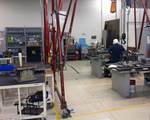


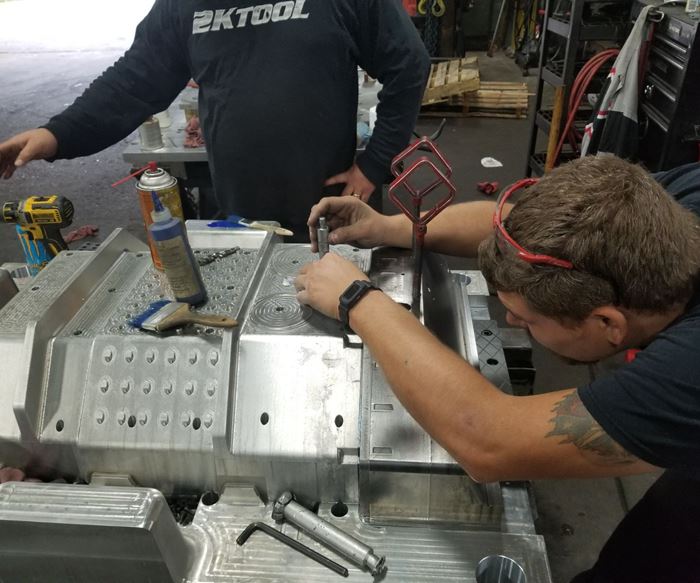
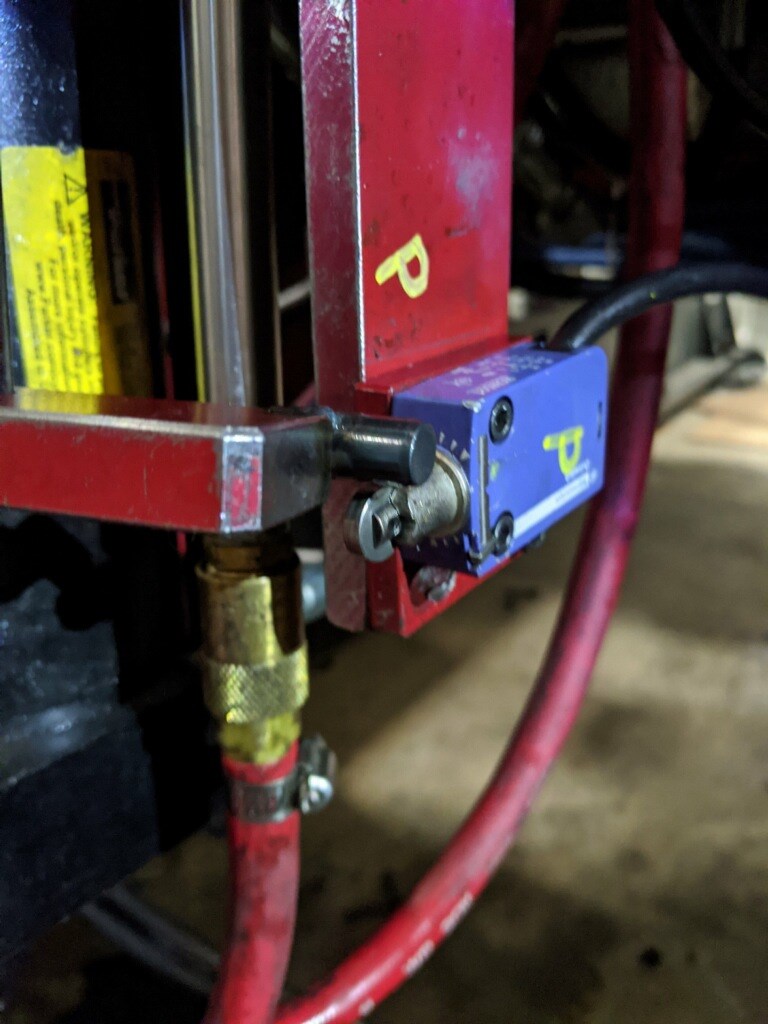

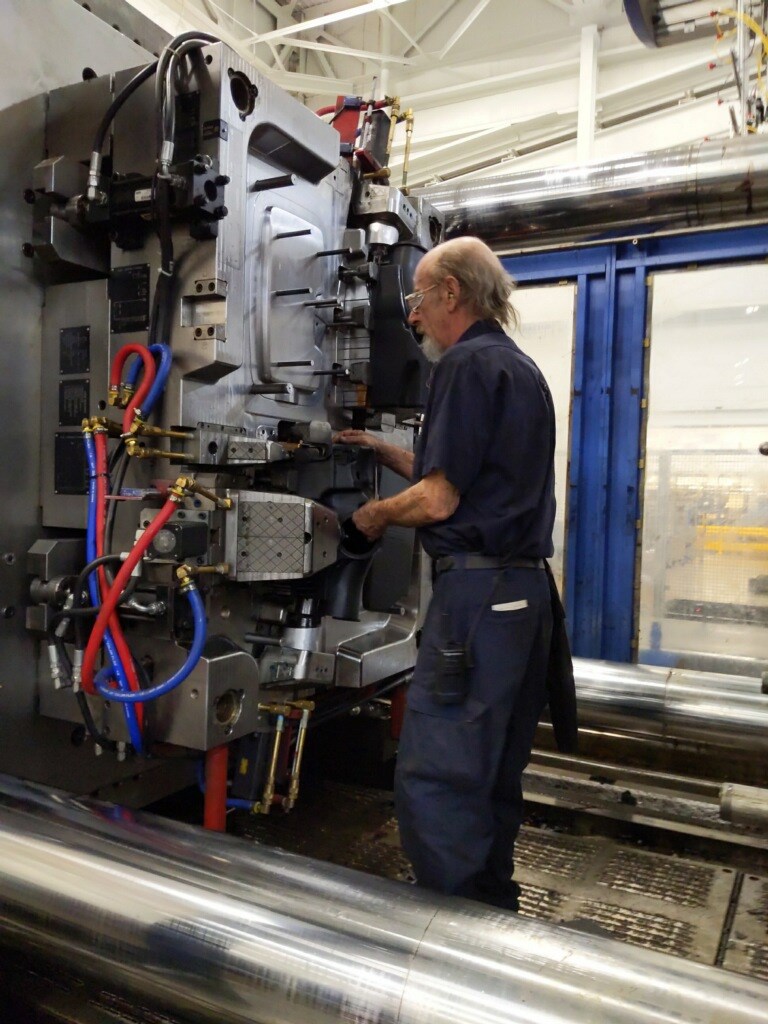
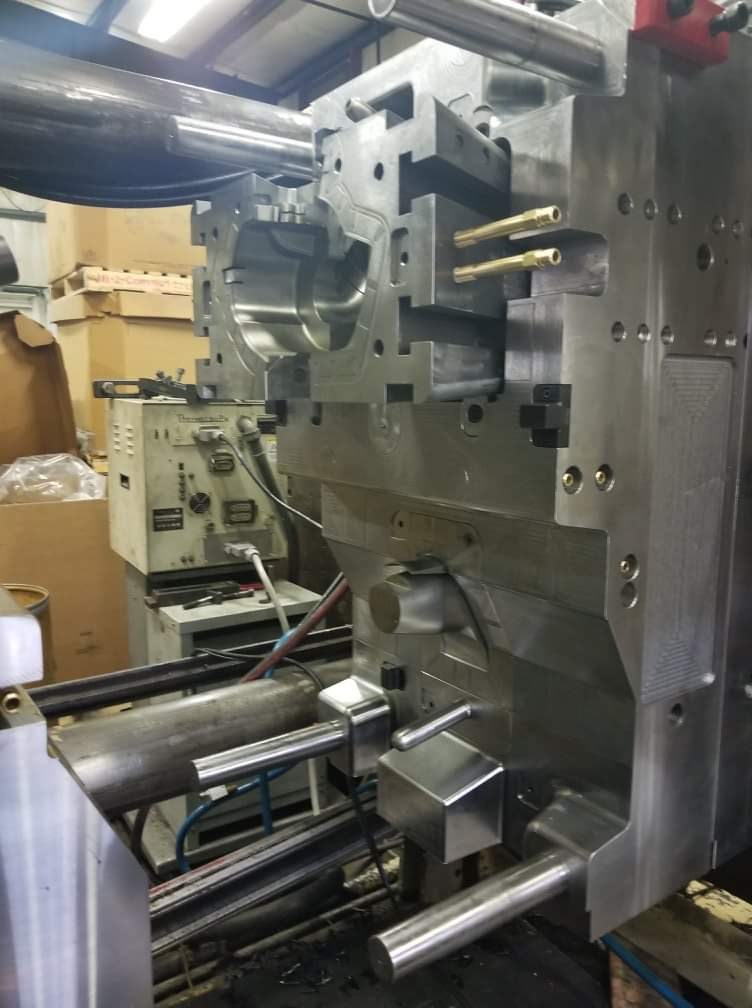
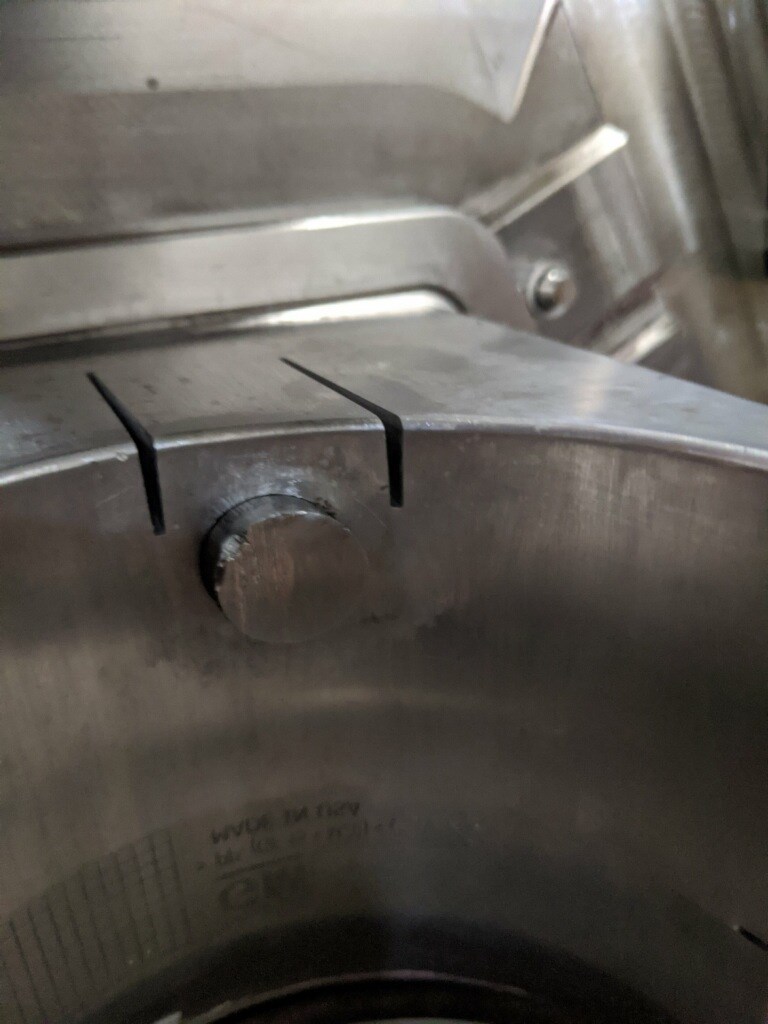











_300x250 1.png;maxWidth=300;quality=90)







